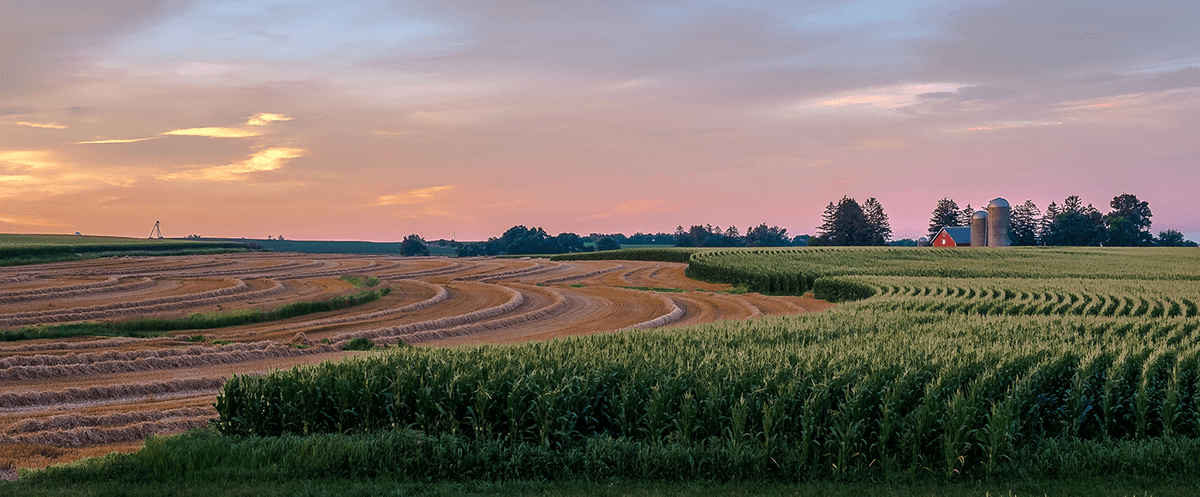Nitrate fertilizer: Expensive, not just deadly
Too much nitrate pollution isn't only bad for rivers and lakes. At high levels, nitrates in drinking water may cause cancers and adverse birth outcomes. (Photo: Anne Marie Petersen "Wisconsin farm")
Pollution from nitrate fertilizers causes severe health problems — for the river and for people — that cost us dearly, as detailed in a new report focused on Wisconsin water supplies. (Read more from Wisconsin Public Radio.)
Researchers linked excess nitrate, a common byproduct of agriculture and urban runoff, to hundreds of Wisconsin cancer cases each year, as well as other health outcomes like very premature births that could cost the state as much as $80 million annually.
Paul Mathewson, a staff scientist at Clean Wisconsin and an author of the report, warned that there are society-wide ramifications of the findings.
"The most susceptible population is probably pregnant women because not only is it for them that potential cancer risk increase, but then also developmental impacts on the developing fetus," said Mathewson. "But, it's important to recognize that nitrate does affect all segments of the population. It's not just the infants."
Risk doesn't stop at the border
Wisconsin isn't exactly an outlier. Here in Minnesota nitrates are a problem that just won't quit, with one in every eight people forced to drink groundwater with elevated nitrate levels. This is in part because Minnesota has millions of acres of cropland that are prone to leaching pollutants into surface water and groundwater.
One bright spot this year (we'll take any we can get) is that Minnesota's Groundwater Protection Rule is is now fully in effect. This important measure helps to reduce over-application of agricultural fertilizer in sensitive areas or at the wrong time of year, which in turn will reduce the amount of nitrate that enters our rivers and wells.
The Groundwater Protection Rule is a good first step, but much work remains to reduce nitrate pollution.
A different solution
FMR is committed to an approach that gives farmers a better — and safer — option than the "leaky" corn and soybean systems that presently dominate the Upper Midwest. The solution lies in shifting to more perennial crops (like Kernza) and winter annuals (like camelina oilseeds, which may soon be viable cash crops in Minnesota). In this way, we can reduce the amount of nitrogen and other fertilizers that farmers need to apply to their land while diversifying farm incomes by promoting new crop markets. It's a win-win that keeps our soil and water healthy while boosting rural economies.
Ready to make a difference?
Sign up to be a River Guardian so you can take action on threats to the river, and keep an eye on the water blog for more news on water quality.
